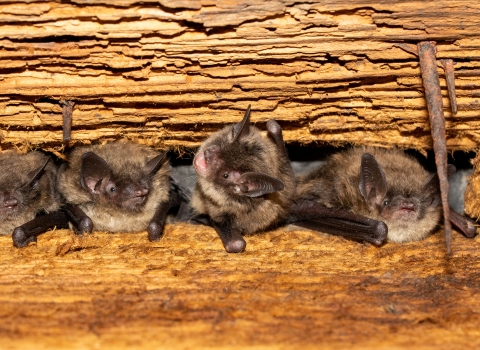The Wetlands Data Layer maintained by the National Wetlands Inventory are classified as described in the Wetlands and Deepwater Habitats of the United States, also known as the Cowardin system. The Cowardin Classification System is used by the Federal government to identify and classify different types of wetlands. It uses a biological definition of wetlands, which focuses on habitat-related characteristics of a wetland, such as the vegetation community and the length of time water is present. These data provide a powerful resource to address questions and support decision-making in various fields of study including climate change climate change
Climate change includes both global warming driven by human-induced emissions of greenhouse gases and the resulting large-scale shifts in weather patterns. Though there have been previous periods of climatic change, since the mid-20th century humans have had an unprecedented impact on Earth's climate system and caused change on a global scale.
Learn more about climate change , habitat management for wildlife including many endangered and threatened species and supporting healthy watersheds for local communities.
Visit our interactive StoryMap to learn more about the Cowardin Classification System.



